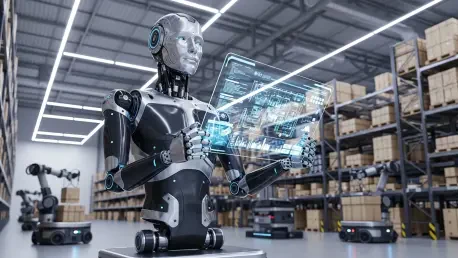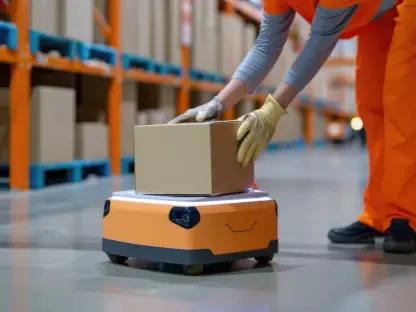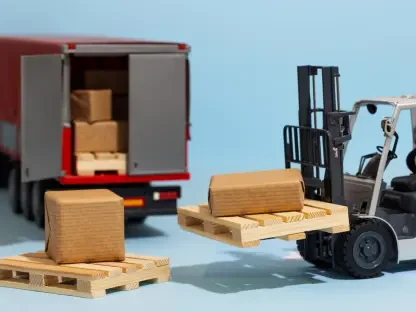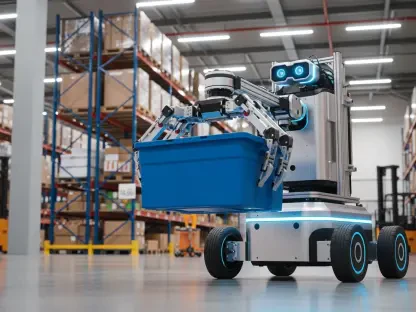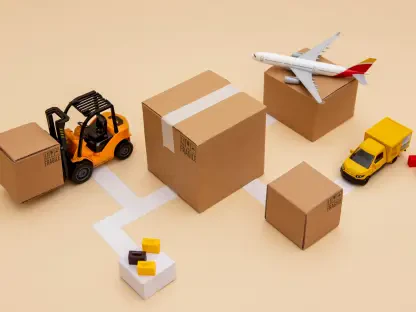In the hustle and bustle of today’s e-commerce-driven world, traditional warehouses are undergoing a seismic shift. The revolution is silent but groundbreaking, driven by artificial intelligence. Once sprawling labyrinths of inefficiency, warehouses are now evolving into precise, optimized powerhouses. This transformation addresses pressing issues like manual labor constraints and environmental sustainability.
The Imperative Shift Toward Efficiency
Warehouse inefficiencies are not just logistical nightmares but substantial financial burdens. They have long plagued industries, culminating in escalating costs and damaging environmental impacts. With the inexorable rise in consumer demands, finding smarter, more sustainable ways of operating is no longer just advantageous—it’s essential. The application of advanced technologies like AI and machine learning (ML) offers a beacon of hope, promising revolutionary efficiencies and groundbreaking transformations.
Harnessing Transformative Technologies
Revolutionizing the warehouse environment, AI and ML technologies have dramatically transformed picking processes. These innovative solutions significantly cut down labor needs while enhancing overall productivity. A standout example is a grocery distribution center that achieved what many thought impossible: a reduction of 24,877 km in monthly walking distances. The practical results are noteworthy—a 65% decrease in walking distances and a 30–35% boost in productivity. These metrics are not just numbers but indications of a broad shift with profound implications for operational sustainability.
Industry experts shed further light on the groundbreaking nature of AI in warehousing. At the forefront, companies like Breathe Technologies emphasize the benefits of digital twin technology. This creates a dynamic digital replica of physical warehouse spaces, allowing real-time optimizations before implementation. Research from Manchester Metropolitan University corroborates these insights, highlighting real-world applications that foster significant innovation within the logistical landscape.
Effective Strategies and Implementation
AI solutions such as Orquestr8 Pick are making advanced technology accessible without hefty capital investment hurdles. Utilizing a subscription model, companies can integrate these solutions seamlessly into existing warehouse management systems. This ensures that warehouses achieve quick returns on investments and adjust efficiently to market fluctuations. Additionally, these solutions contribute substantially to long-term sustainability goals, reducing emissions by optimizing logistics pathways.
Looking Forward in Warehouse Revolution
The transformation journey of warehouses is more than just about efficiency gains—it’s a holistic change in how logistics functions are conceptualized. AI’s role extends beyond mere cost reductions, enhancing sustainability and fostering job creation, as seen in the progressive practices of Breathe Technologies. Supported by research alliances such as with Manchester Metropolitan University, this systemic evolution exemplifies the future trajectory of intelligent logistics.
In conclusion, the fusion of AI and traditional warehousing sets the stage for exponential advancements in operational dynamics. As industries continue to adapt, the emphasis should be on staying agile, embracing technological innovations, and prioritizing sustainable practices. This forward-thinking approach holds the promise of a truly transformative impact on logistics worldwide, signifying a new era of intelligent warehouse operations.
